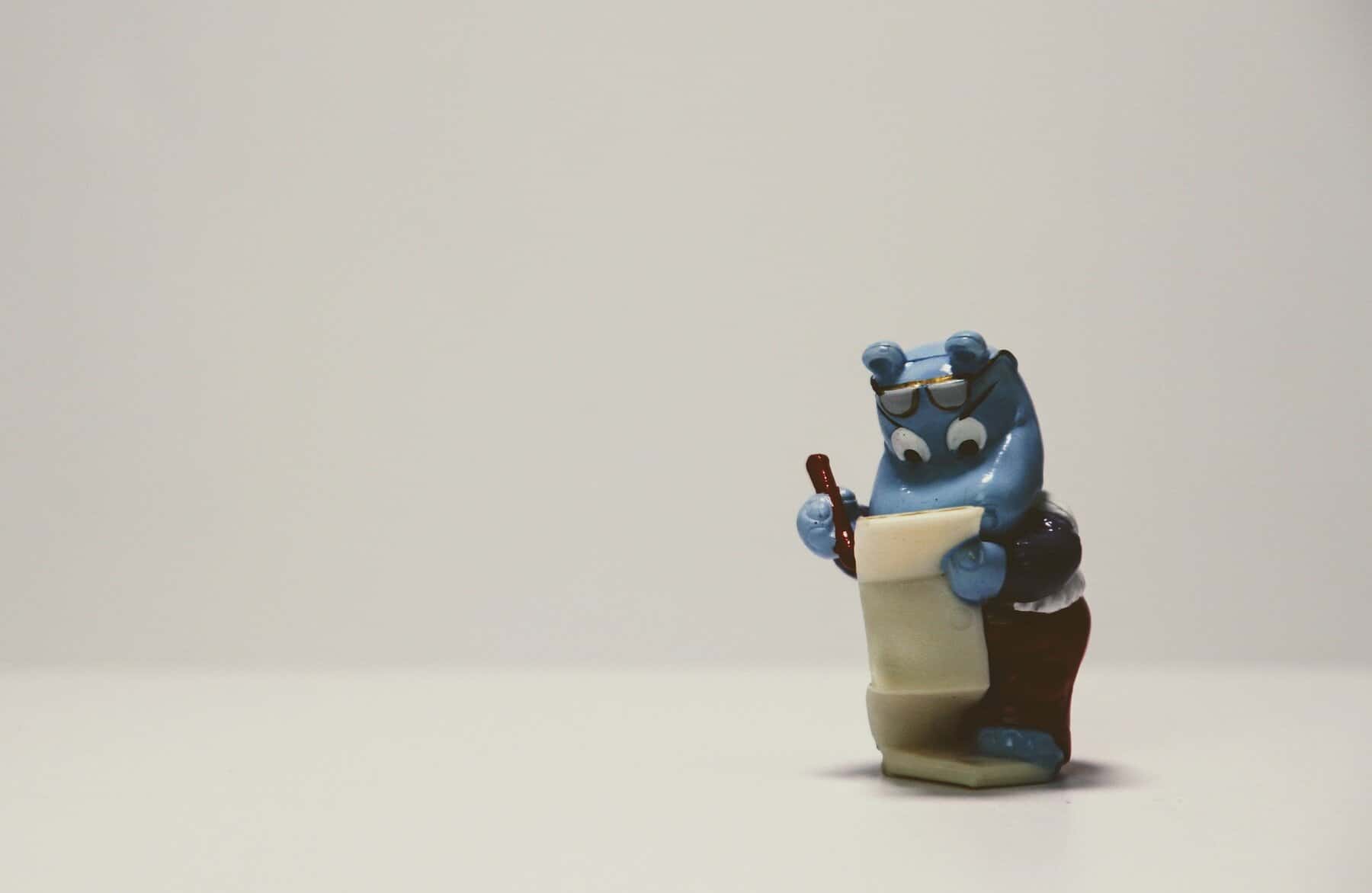Our kauri and Myrtaceae are dear to us. However, kauri dieback is threatening Aotearoa New Zealand’s taonga (treasured) kauri with extinction, and myrtle rust is threatening many iconic native species as well as plants important to primary industries.
There has been a tremendous effort over many years to develop knowledge that will help us understand these pathogens and the plants and ecosystems they impact. Government organisations, CRIs, tangata whenua, community groups, universities and others have been adding to what we know and honing in on the best paths to take towards finding tools to fight these two diseases.
With so much going on, it’s easy to lose track of who’s doing what! That’s why NRT maintains the Myrtle Rust Science Stocktake and the Kauri Dieback Science Stocktake. These stocktakes are lists of past and current research focused on the biology, impacts and management of myrtle rust (the disease caused by Austropuccinia psidii) and kauri dieback (the disease caused by Phytophthora agathidicida).
The Myrtle Rust Science Stocktake now contains over 100 links to online resources, including journal publications, posters, websites and online tools. The list represents the efforts made by New Zealand researchers to understand the disease since it arrived in New Zealand in 2017.
The Kauri Dieback Science Stocktake is far more extensive as research has been taking place for longer. The list now totals over 200 and contains resources from as early as 2009. New research from 2022 include publications from the NRT’s Mobilising for Action and Host, Pathogen & Environment research themes, as well as the Waitakere Surveillance Analysis 2021 report from Auckland Council and many others. Several dissertations, both Master’s and PhD, have also been added to the list.
Various agencies contribute information to these stocktakes, and BioHeritage would like to acknowledge the willingness agencies have shown to engage with NRT by sharing their research data to help us better understand the research landscape.
These are living documents and NRT needs your help to find additional publications and resources that might be missing from these lists. If you have information on myrtle rust or kauri dieback research that has been undertaken within the New Zealand science system (Master’s, PhD’s, internally funded projects, larger MBIE programmes etc.) we would appreciate you letting us know via email to .
– Jenny Leonard
